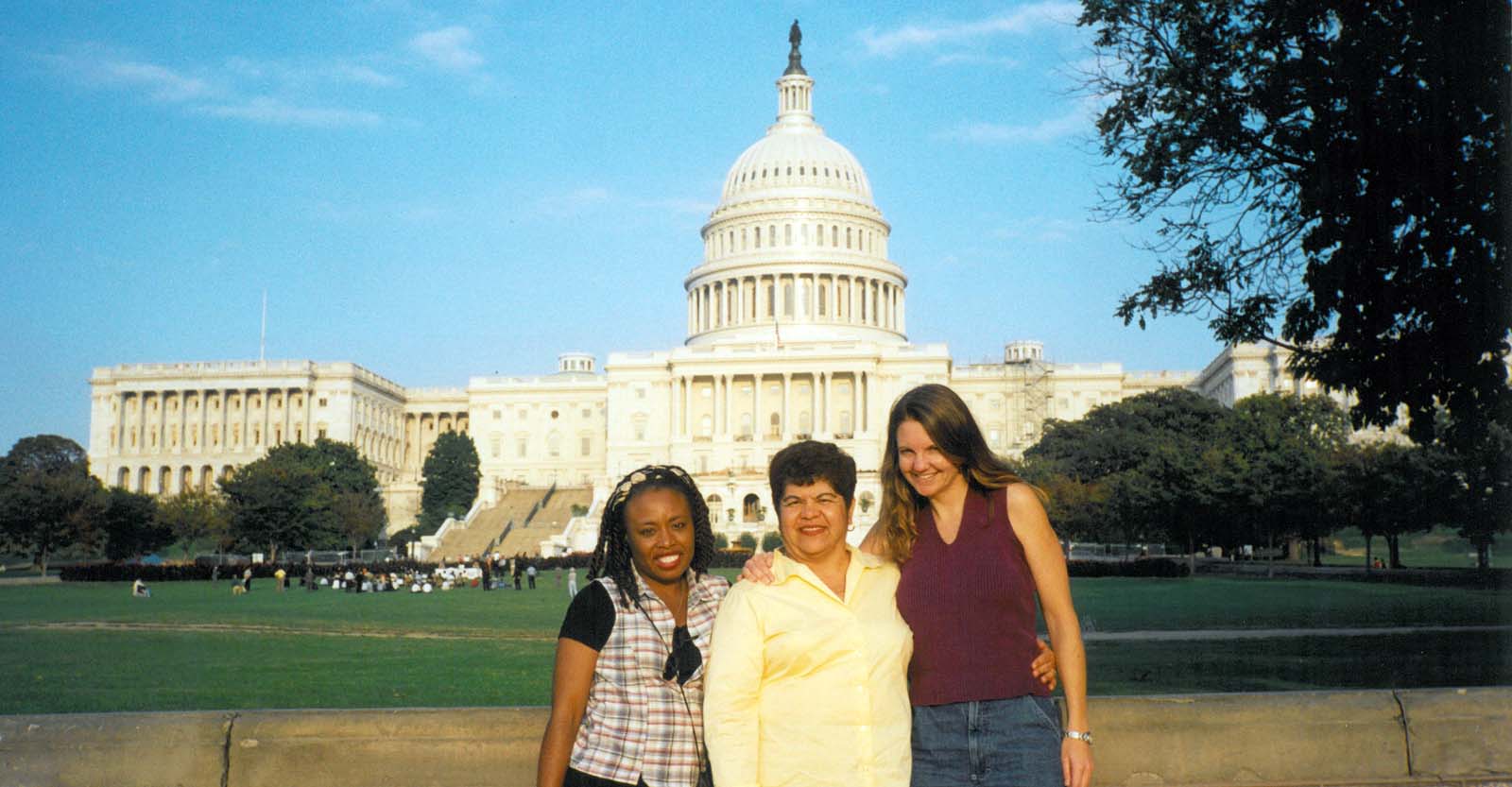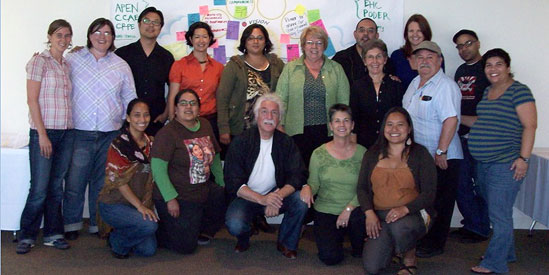The California Environmental Protection Agency (Cal/EPA) Advisory Committee on Environmental Justice was formed in 2001 to help Cal/EPA incorporate environmental justice into all of its programs and policies. EHC's Executive Director, Diane Takvorian, served as co-chair of the Advisory Committee.
On September 29, 2003, more than 250 community residents representing many of the state's low-income communities and communities of color traveled to Oakland. For more than eight hours they testified in favor of the recommendations of the Advisory Committee.
Three key recommendations called for Cal/EPA to recognize the significant burden of toxics and pollution on impacted communities. The advisory committee recommended that Cal/EPA:
- Use a precautionary approach: A precautionary approach to decision making means that regulations should prevent harm when there is credible evidence that harm is occurring, or is likely to occur – even when complete scientific evidence or proof is not available – in drafting and enforcing regulations.
- Prioritize pollution prevention over pollution control: All too often communities of color have been left feeling sorry by pollution control – sorry for their lost health and quality of life.
- Evaluate the cumulative impacts of toxics in an impacted community when making regulatory decisions. This process requires that the health effects of all sources of pollution be taken into consideration when determining the impact of pollution in individuals, communities, and the environment.
The landmark environmental justice policies were adopted by Cal/EPA. EHC and California Environmental Justice Alliance continue to advocate for inclusion of the policies in all Cal/EPA efforts. In 2005, we achieved passage of the first state air pollution rule which requires a buffer zone between a polluting industries and sensitive receptors.
On February 16, 2005, the Cal/EPA Secretary and the heads of the Cal/EPA Boards, Departments and Offices approved the following definitions of cumulative impacts and precautionary approaches for use in the environmental justice pilot projects.
Cumulative impacts means exposures, public health or environmental effects from the combined emissions and discharges, in a geographic area, including environmental pollution from all sources, whether single or multi-media, routinely, accidentally, or otherwise released. Impacts will take into account sensitive populations and socio-economic factors, where applicable and to the extent data are available.
Precautionary approaches means taking anticipatory action to protect public health or the environment if a reasonable threat of serious harm exists based upon the best available science and other relevant information, even if absolute and undisputed scientific evidence is not available to assess the exact nature and extent of risk.
 The US military is a major force in San Diego County. It controls 47% of San Diego Bay tidelands, including the largest naval base on the west coast located between National City and Barrio Logan. Other military facilities range from the southern tip of the county in Imperial Beach to Camp Pendleton at its most northern portion, from Point Loma and Coronado on the Pacific Ocean to the Marine Air Base at Miramar at the eastern edge of the City.
The US military is a major force in San Diego County. It controls 47% of San Diego Bay tidelands, including the largest naval base on the west coast located between National City and Barrio Logan. Other military facilities range from the southern tip of the county in Imperial Beach to Camp Pendleton at its most northern portion, from Point Loma and Coronado on the Pacific Ocean to the Marine Air Base at Miramar at the eastern edge of the City.

 Environmental Health Coalition believes that the proper role of government is to protect human and environmental rights. In addition to working locally, we work at state and national levels to promote government policies and regulations that protect human health and the environment. Many of these efforts are in cooperation with our allies in the
Environmental Health Coalition believes that the proper role of government is to protect human and environmental rights. In addition to working locally, we work at state and national levels to promote government policies and regulations that protect human health and the environment. Many of these efforts are in cooperation with our allies in the  Environmental Health Coalition is a member of the California Environmental Justice Alliance. The other members are:
Environmental Health Coalition is a member of the California Environmental Justice Alliance. The other members are:





 Protect your Child - Buy these Certified Lead-Free Candies
Protect your Child - Buy these Certified Lead-Free Candies